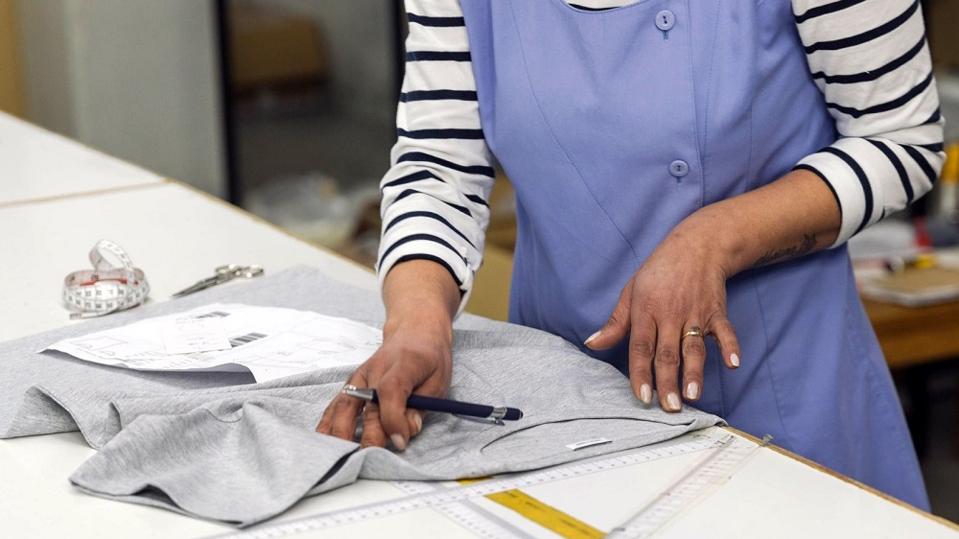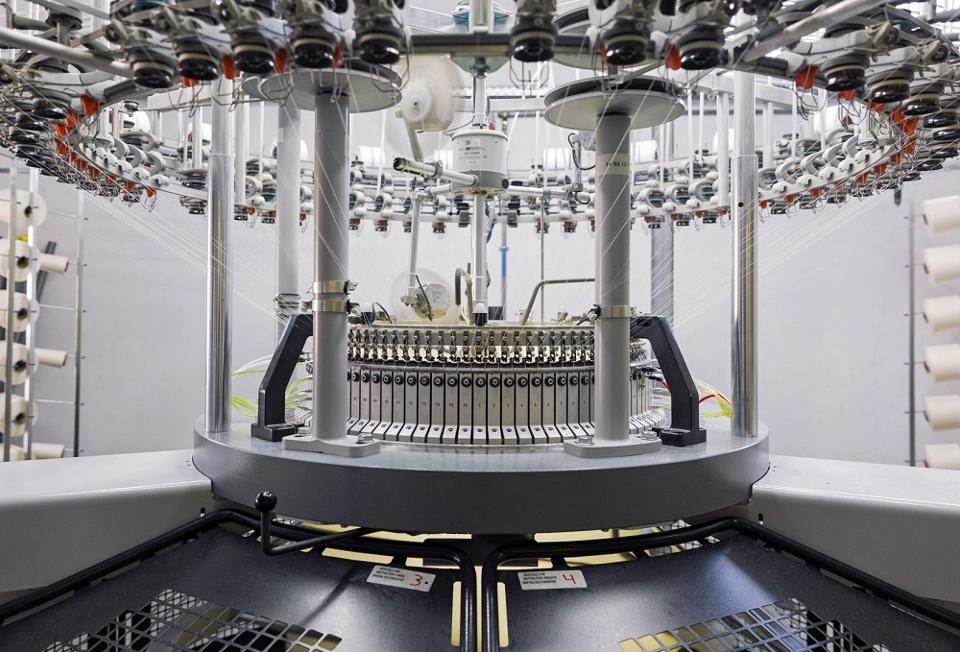3D-printing machine helps obtain zero waste
Son of a Tailor
On the tide of rising consciousness that trendy industries and life wreak havoc on the setting, the style trade has hit a tsunami of criticism for being one of many greatest culprits.
Clothing has grow to be nearly disposable as folks throng to maintain up with the most recent developments, sending hundreds of thousands of tons of clothes to landfill or incinerators every year within the U.S. alone, making room for extra fashions that use valuable water, pollute the air and water with poisonous chemical compounds, launch polyester microfibers into waterways the place they poison the meals chain, and emit 10% of humanity’s greenhouse gases.
Now, a Google seek for sustainable trend will get 280 million outcomes as folks and companies rise as much as meet demand for garments and developments which are mild on the setting and honest on staff.
While some firms are specializing in sustainable garments manufacturing, utilizing moral supplies, rolling again on frequent trend adjustments and making clothes to final, different artistic companies are recycling plastic to make puffy jackets, sneakers and yoga pants and discarded fishing nets to make sturdy parkas.
Another large challenge is material wasted throughout garments manufacture. A Danish firm’s reply to eliminating material waste is 3D textile printing of outerwear for males. They additionally make gadgets to order and don’t have any inventory stock, aiming for zero waste all spherical. Son of a Tailor, co-based by Jess Fleischer, just lately launched a Kickstarter marketing campaign for his or her 3D merino wool pullovers, amassing 400 orders within the first 24 hours and reaching their $15,000 goal in underneath 40 minutes.
“The fashion industry must finally rethink,” mentioned Fleischer in a press release. “The success of our Kickstarter campaign shows that consumers are ready for this. Sustainability is not a choice. We need to change the negative impact of our consumption on the environment as quickly as possible, but this can only happen if all manufacturers rethink and run their production lines in a more environmentally friendly way.”

3D-printing creates customized-designed clothes with zero waste and 0 stock
Son of a Tailor
Their minimalist 3D printed t-shirts, polos and sweatshirts cut back material wasted within the chopping course of from 21% to lower than 1%, producing a garment from one piece with no seams and bolstered edging. They use an algorithm primarily based on knowledge gathered from 30,000 males globally to create avatars and customized design clothes from prospects’ weight, peak, age and shoe measurement. This achieves a four% product return charge in comparison with the 25-50% common.
They ship the orders to staff in Portugal who put the clothes collectively underneath honest working situations, assembly extra of the style revolution’s objectives for sustainable trend.

Patterns are despatched to staff in Portugal who create the clothes underneath honest working situations.
Son of a Tailor
In attaining these objectives, transparency is a crucial first step, alongside each stage of the availability chain. “There is no beauty without truth and there is no truth without transparency,” says Fashion Revolution founder Carry Somers.
Ultimately, a tradition shift can also be wanted for folks to embrace quite than shun hand-me-downs and seconds. Vogue editor-in-chief Anna Wintour urges folks to worth the garments they’ve and cross them on.
“I think for all of us it means an attention more on craft, on creativity,” she advised the Independent, “and less on the idea of clothes that are instantly disposable, things that you will throw away just after one reading.”









